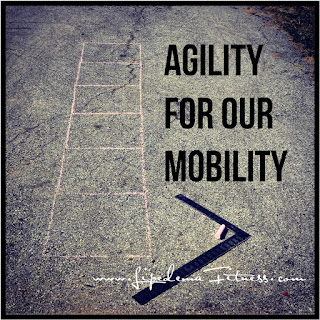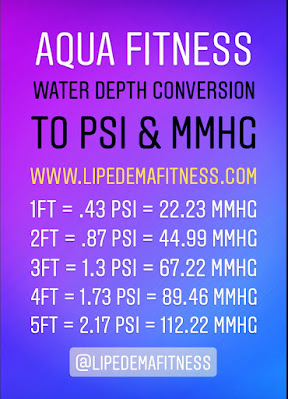Agility is the ability to quickly change the position of the body with speed and accuracy. It involves turning, moving our legs (and arms) and the ability to pivot quickly.
Typically agility is discussed in relation to sports athletes training, football tire drills always come to mind for me.
So how does that relate to those with Lipedema?
Because improving our agility will help a great deal with falling, something we are prone to do as we advance to later stages of Lipedema.
Improving our agility can turn a fall into a stumble that we are able to recover from, and stop the fall from happening.
Issues of balance are amplified due to the heaviness and shape of our legs, and they contribute to our gait issues. So any small crack in the pavement, a tree root, a child’s toy, etc. can cause us to stumble, and without better agility, that stumble can turn into a nasty fall.
Coach said something that struck a chord with me the other day, agility training doesn’t have to be all tire drills, and super fast paced; it is picking a spot on the floor and trying to step there, so we build up our ability to place our foot where we want to when we need to (like when we stumble). A great at home option is drawing an agility ladder on your driveway with chalk, or using painters tape. I used 18” squares, and yes, I’m a bit anal so I got out the ruler 🤣 but you can use tiles on the kitchen floor and practice putting your feet where you want them to go.
Here are a couple pictures of how a tire drill can be done using a homemade agility ladder. It can be done using one square, or as you get familiar with the in and out movement, you can move up to the next box, then the next, and even try doing it backwards when you need a more challenging movement.
This is just one option, there are so many others. Remember to stay mindful, pick a spot where you want to put your foot and try putting it there



